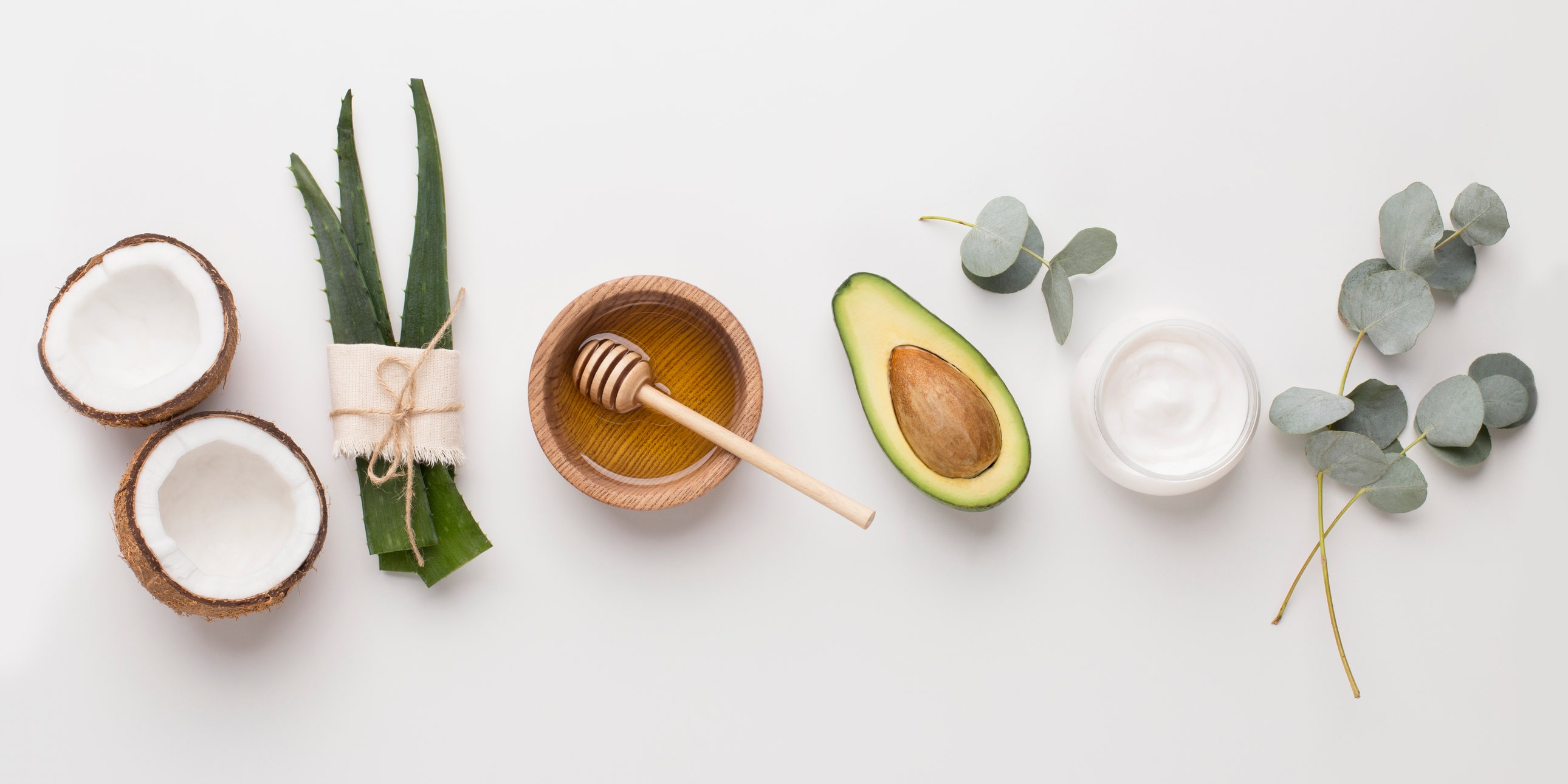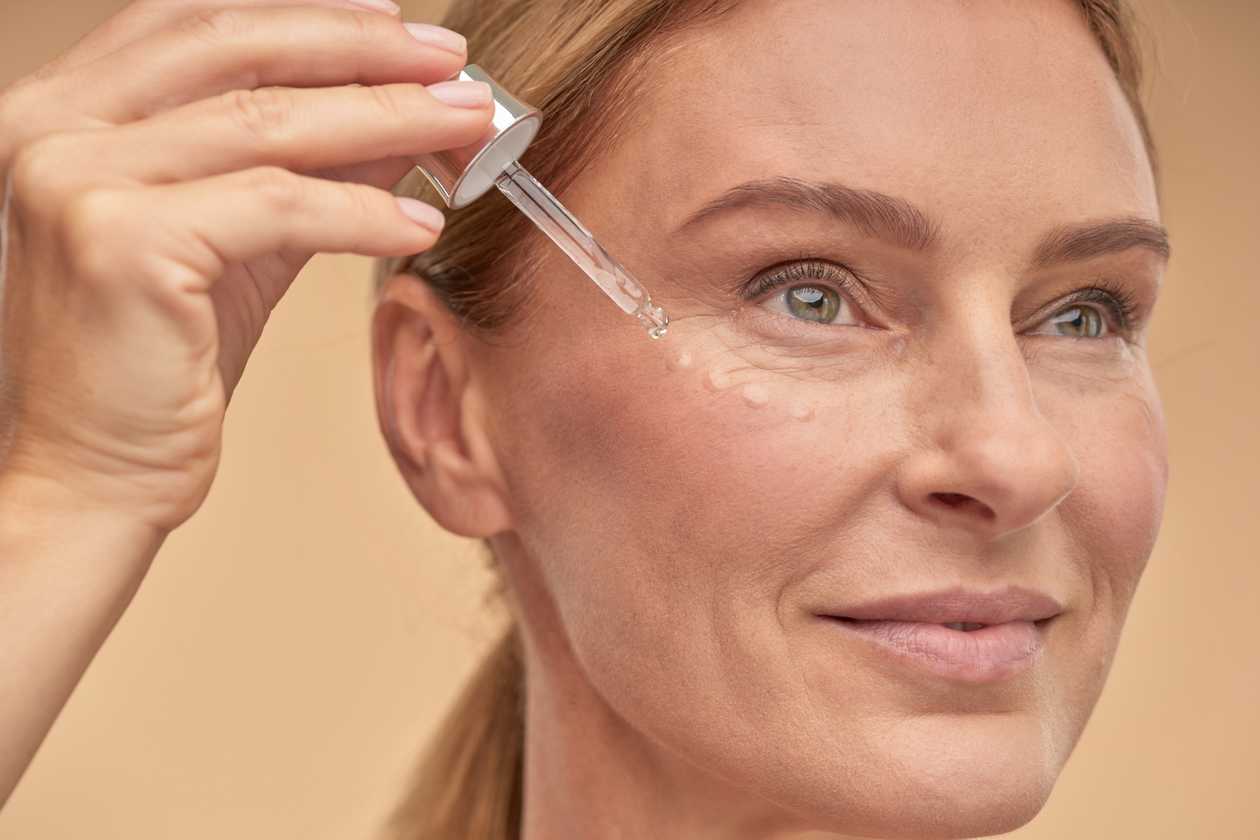
Home beauty treatments have become increasingly popular, especially during the pandemic. DIY face masks, in particular, have gained significant popularity due to their simplicity and effectiveness in achieving glowing skin. Whether you have access to a spa or salon or not, creating your own face mask using simple ingredients can be a satisfying and practical self-care option.
Before diving into the world of DIY face masks, it’s essential to note that not all masks are suitable for every skin type. Just because a mask is simple or labeled as “natural” doesn’t mean it’s automatically safe for your skin. In fact, using the wrong ingredients can have adverse effects on your skin rather than providing the desired benefits.
Board-certified dermatologist and professor of dermatology at Yale School of Medicine, Dr. Mona Gohara, advises caution when selecting ingredients for DIY face masks. She suggests avoiding ingredients like lemon juice and apple cider vinegar due to their high acidity, which can lead to irritation and burning. Spices with heavy yellow coloring, such as turmeric, can cause discoloration, while cinnamon is a well-known skin irritant. It’s always a good idea to consult with a dermatologist if you are unsure about a specific ingredient.
However, there are several DIY mask ingredients that are generally well-tolerated and can provide excellent benefits to the skin. Dr. Ife Rodney, lead dermatologist at Eternal Dermatology, suggests incorporating the following ingredients into your DIY face masks:
-
Oatmeal: Colloidal oatmeal, made from ground-up oats, is known to improve dryness and lock in moisture. It also has anti-inflammatory properties that can soothe itchy and irritated skin.
-
Avocado: This fruit contains high concentrations of fats that increase skin moisture. It also contains vitamin E, an antioxidant that protects against free-radical damage.
-
Honey: A natural antimicrobial and anti-inflammatory ingredient, honey can reduce redness and irritation. It also helps with exfoliation and keeps the skin moisturized. Raw honey is preferred as it may contain additional antioxidants.
-
Green tea: Rich in polyphenols, green tea has antioxidant, anti-inflammatory, and antibacterial effects.
-
Milk and yogurt: These dairy products contain lactic acid, which acts as an exfoliator with moisturizing properties. They also have proteins that can calm inflamed skin.
By incorporating these ingredients into your DIY face masks, you can create effective and nourishing treatments for your skin. Not only are these ingredients easily accessible in your fridge or pantry, but they also allow you to have control over what you apply to your face.
FAQs
-
Can I use lemon juice in a DIY face mask?
- Lemon juice can be irritating to the skin due to its high acidity. It’s best to avoid using it in DIY face masks.
-
Are all types of honey suitable for DIY face masks?
- Raw honey is preferred for its additional antioxidants and beneficial properties. However, regular honey can still provide some benefits to the skin.
-
Can I use turmeric in a DIY face mask?
- Turmeric can leave a yellow discoloration on the skin. It’s advisable to avoid using it if you’re concerned about discoloration.
Conclusion
Creating your own DIY face masks can be a fun and effective way to nourish your skin. By using ingredients like oatmeal, avocado, honey, green tea, milk, and yogurt, you can experience the benefits of natural skincare. However, it’s essential to be cautious and avoid ingredients that may cause irritation or other adverse effects. Consult with a dermatologist if you have any concerns about specific ingredients or their suitability for your skin. Remember, self-care should always prioritize the health and well-being of your skin.

